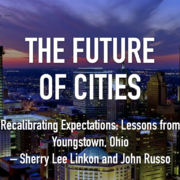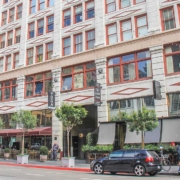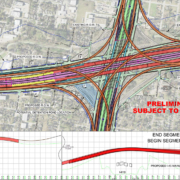Post-Pandemic Housing Reality, Alt Cities to CA-NYC Housing Boom
A crazy week with a *ton* of new items I’ll only be able to partially get through in this post, including some followups to last week’s post about California tech companies moving to Texas:
- WSJ: Texas’ Tax Advantage Is All About Individuals, Not Business Taxes
- City Journal: Flight of the Icons – Anti-business policies are driving flagship firms out of California.
- Texas Monthly: Welcome to Texas, Elon Musk. You Don’t Have to Move to Austin – The founder of Tesla and SpaceX says he’s relocating to the Lone Star State. But which of our tech hubs is the best fit for the eccentric billionaire? Surprisingly balanced (even slightly negative) on Austin and very positive on Houston. Excerpt:
“In terms of tech hype, Houston isn’t Austin, but it does check an awful lot of boxes for Musk. Also, if he spends much time on Twitter—and we know he does—Musk might be aware that there is a robust argument among Texans on the platform about whether Austin has “jumped the shark” and been supplanted by Houston for the title of coolest city in Texas.”
- The alt-cities: Why Tech, Finance, and Music chose Austin, Miami, and Nashville. Map plus a couple of excerpts:
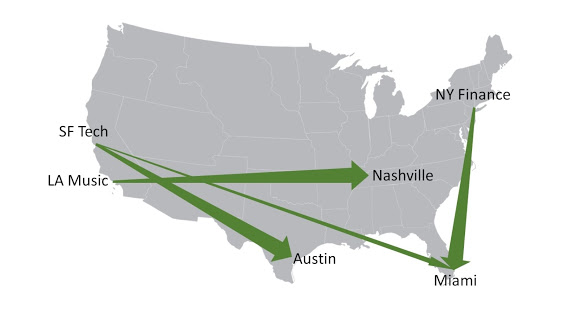
Affordable suburban living
From the 1980s to the mid-1990s, cities suffered from high crime rates and numerous quality of life issues. New York City, San Francisco, Los Angeles, and some other major cities have recreated the environment of that era, with non-scientific pandemic restrictions that devastated local businesses and a penchant for placing the mentally ill directly in family-oriented, residential neighborhoods. These cities have stopped prosecuting many property and quality of life crimes, inevitably leading to bad quality of life and apathetic enforcement of more serious crimes.
The coronavirus has reset consumer expectations back to suburban living with the mental health benefits of living in green space. There has been an exodus from major industry centers to their suburbs and to the alt-cities. The alt-cities of Miami, Austin, and Nashville all offer car-friendly, suburban living, relatively cheap housing, and continual housing construction. With the acceleration of sustainable building materials and clean and cheap energy, the urban planning rationale to pack people into urban cores with mass transportation was already beginning to fray, and the coronavirus has sealed its fate.
Low taxes and quality government
People are not moving solely for tax purposes. New York and California’s tax rates are only a few points higher than they were twenty years ago. However, once people decide to move, of course tax rate is a factor in choosing a destination. Florida, Texas, and Tennessee seemingly offer everything that California and New York offer: highways, streets, schools, police departments, fire departments, and such. All the government services one would expect are there, and none of the capital gains taxes that entrepreneurs and venture capitalists typically pay.
As comedian and political commentator Bill Maher recently noted, California is reminiscent of a 1970s Italy, with high taxes and terrible government services. In return for high taxes, one would expect to go to Hunter’s Point, East Palo Alto, or East San Jose and see excellent schools and services for disadvantaged people. A hyperloop instead of a failed high-speed train. Fire mitigation and stable power to complement long term climate change goals. A boom in middle-class housing rather than a $700K median house price. California and New York are becoming bad versions of Singapore, with a wealthy technocratic elite, an immigrant servant class, and a collapsed middle class.”
- Houstonia: Expert Says Houston’s Real Estate Market is Booming—Even in the Middle of a Pandemic – Interest rates are at historic lows, yes. But Houstonians are buying up homes at staggering rates. Hat tip to George.
“Buyers are paying more, too: The average sale price in Houston jumped by about 15 percent to a historic high of $341,765 in November. And luxury homes—or those going for more than $775,000—saw a staggering 80-percent increase in demand, as well.”
- The Houston Charter Amendment Petition Coalition has a good video arguing for the need to spread power from our mayor to city council by allowing three city council members to put items on the agenda.
- Unfortunate that Houston is not on this list of top ten cities gaining residents during the pandemic (Austin and Dallas are), but with the severe oil recession, it’s not too surprising. I have still seen a ton of out-of-state plates around town, and do think we are getting some significant migration during the pandemic.
- Southwest announced new service from Houston Intergalactic to Dallas Love, Chicago Midway, Denver, Nashville, and New Orleans starting April 12th. I expect Dallas Love to be especially popular for The Woodlands and north Houston suburbs since United only goes to less convenient DFW.
Finally, our think tank the Urban Reform Institute – A Center for Opportunity Urbanism held a recent panel on the Post-Pandemic Housing Reality in conjunction with the Bush Center in Dallas. A lot of good insights here – well worth watching.
This piece first appeared on Houston Strategies Blogspot.
Tory Gattis is a Founding Senior Fellow with the Urban Reform Institute and co-authored the original study with noted urbanist Joel Kotkin and others, creating a city philosophy around upward social mobility for all citizens as an alternative to the popular smart growth, new urbanism, and creative class movements. He is also an editor of the Houston Strategies blog.
Photo credit: La Citta Vita at via Flickr under CC 2.0 License.

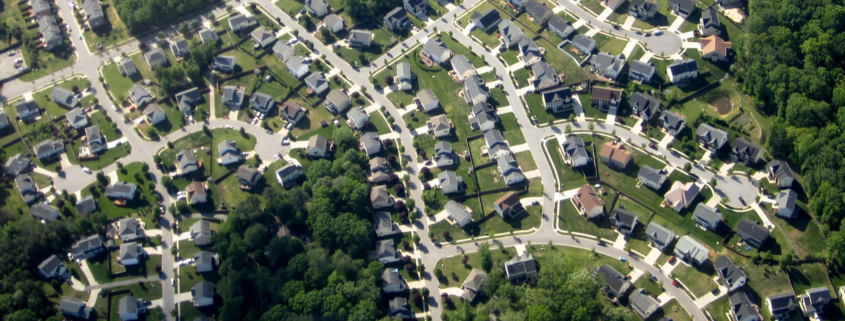 La Citta Vita, used under CC 2.0 License
La Citta Vita, used under CC 2.0 License